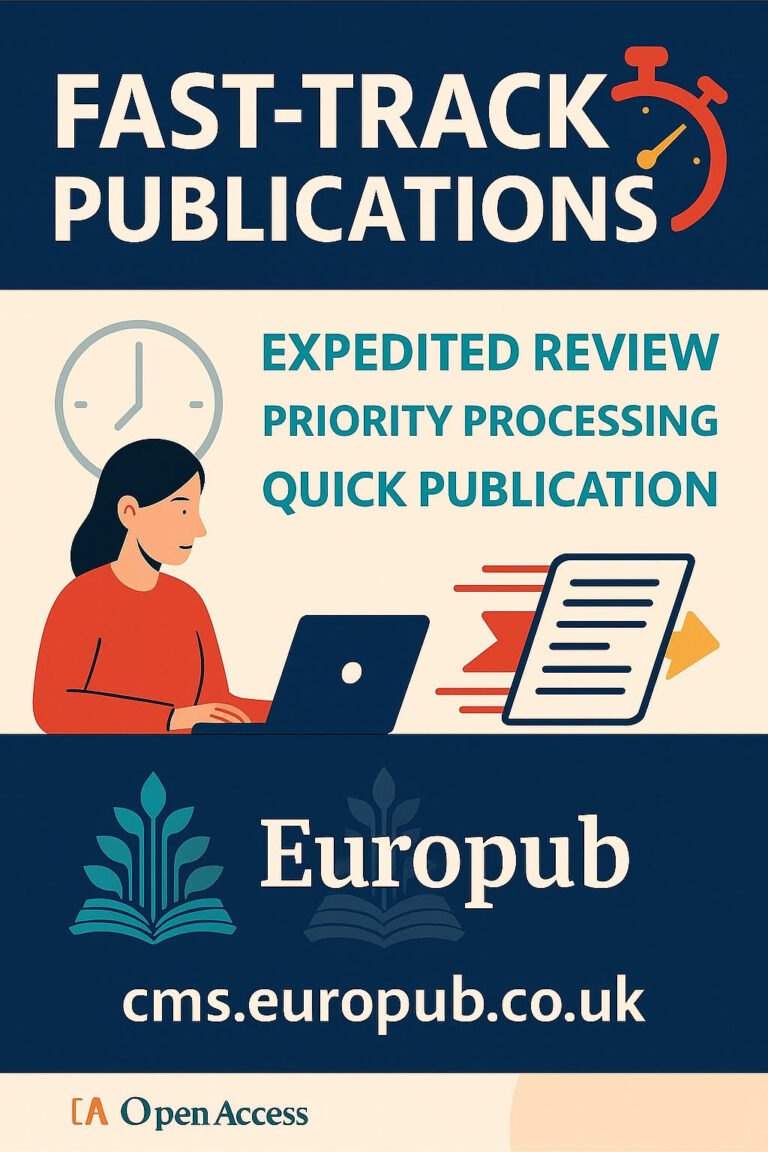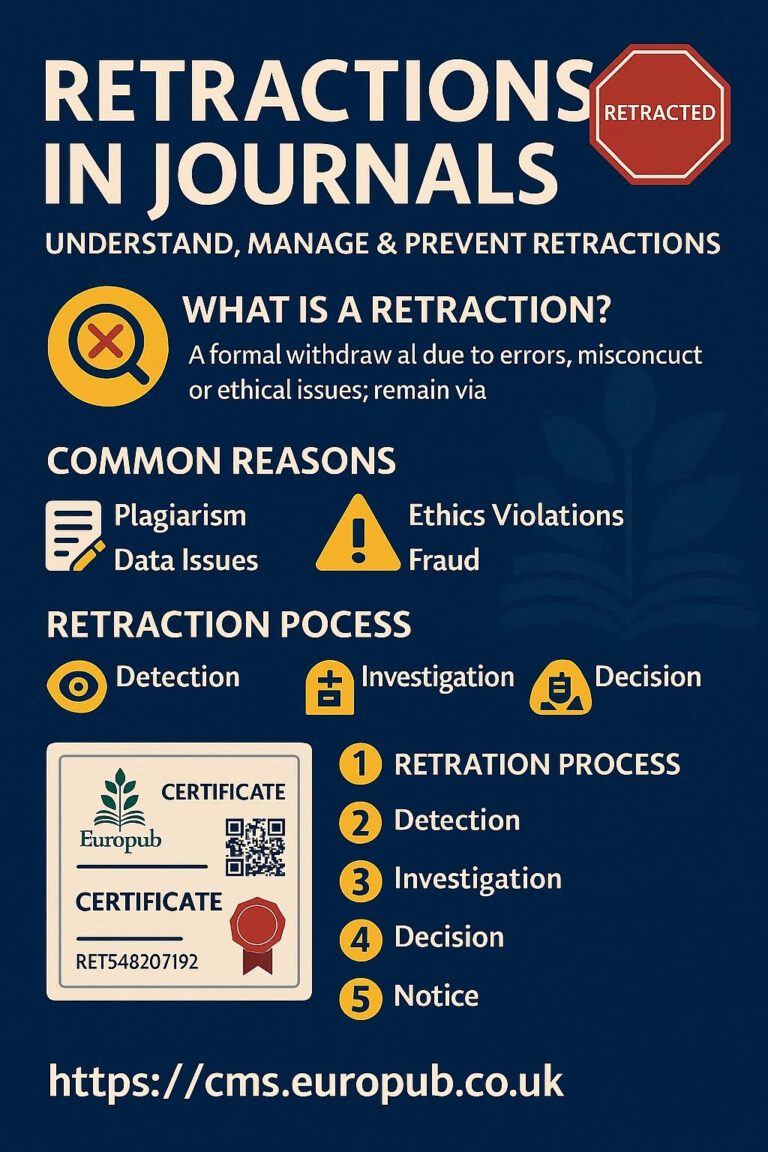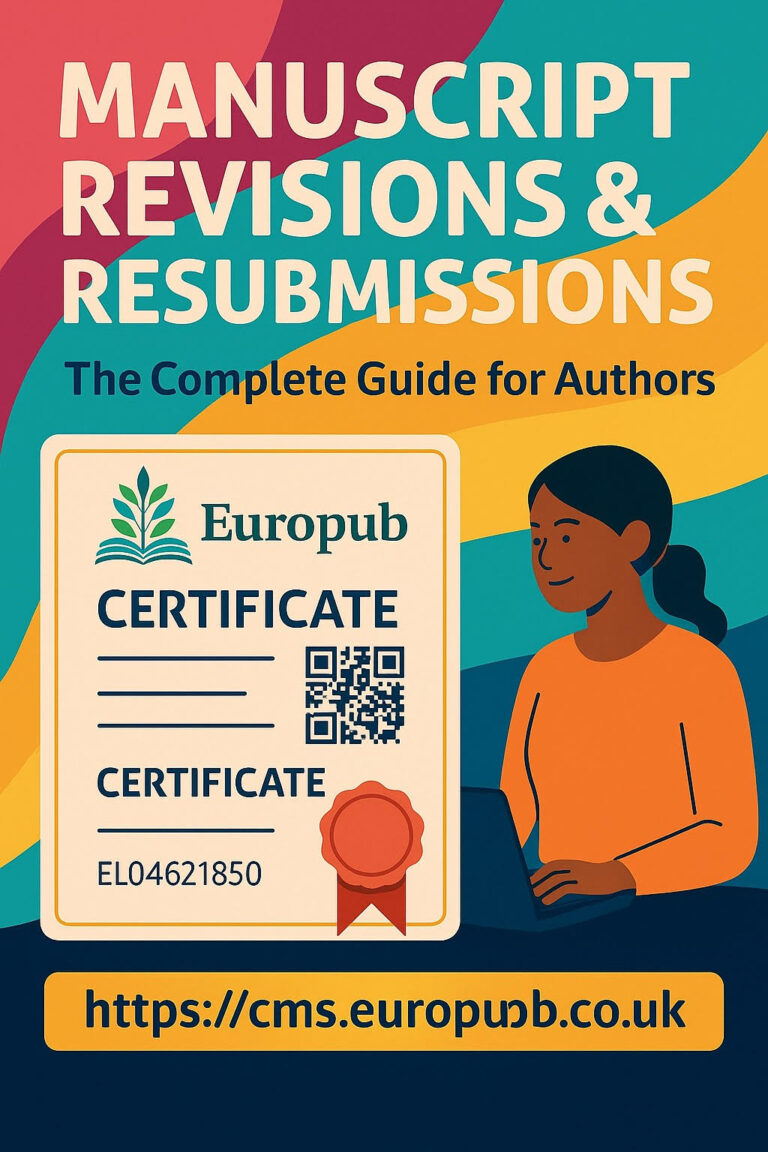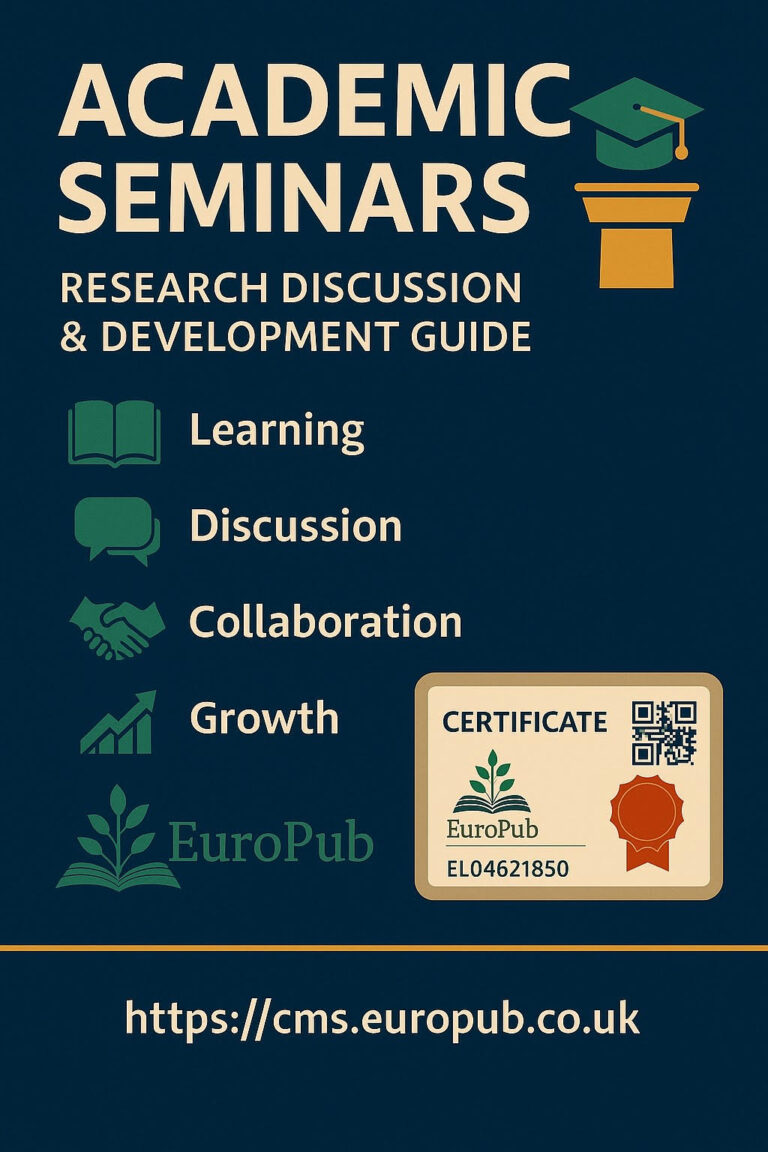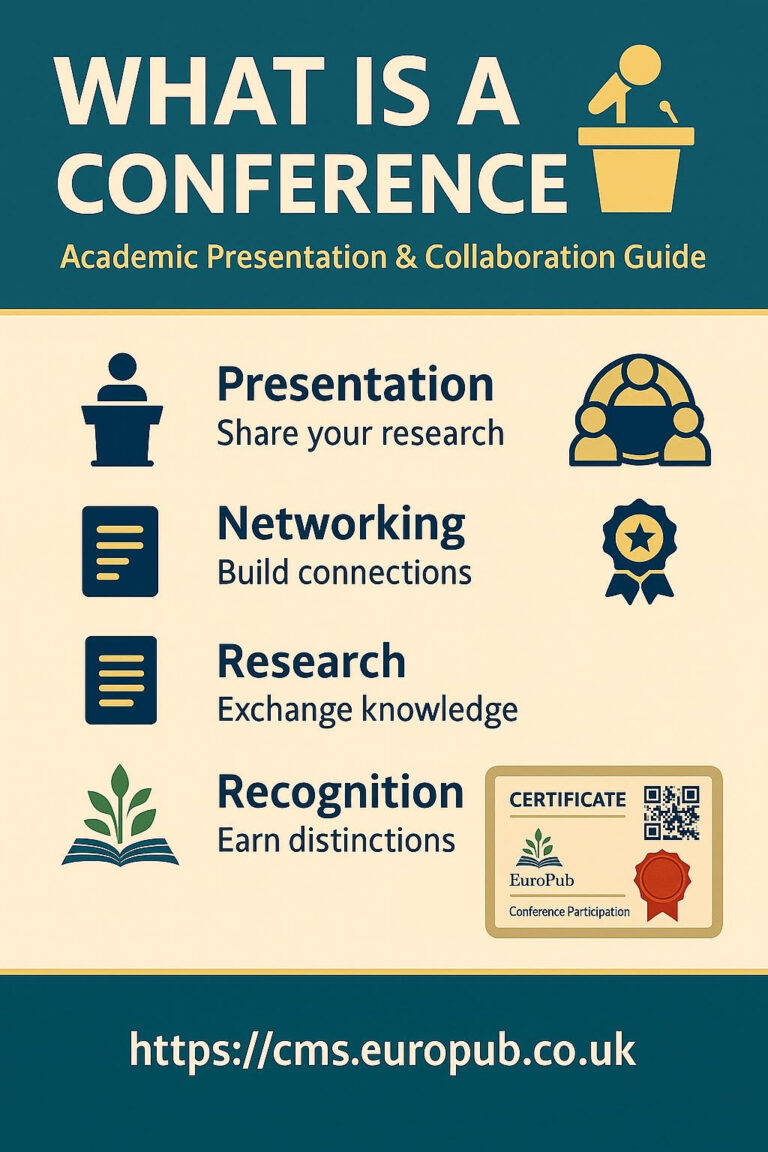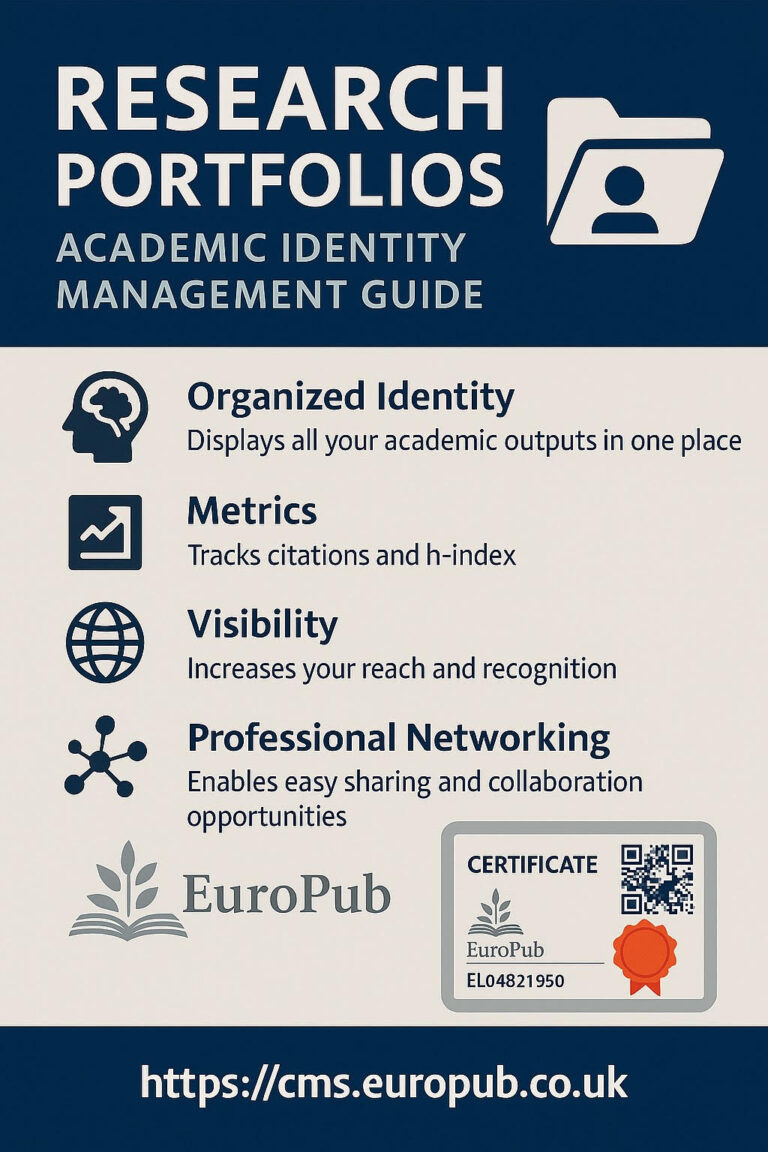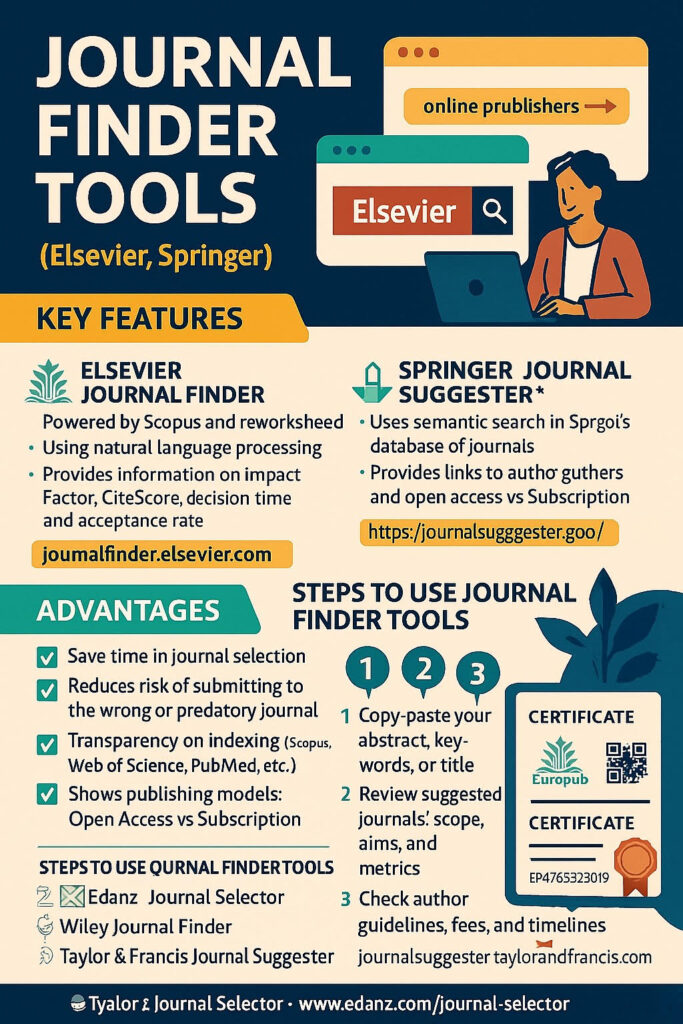
Definition
Journal Finder tools are online platforms provided by major publishers (like Elsevier and Springer) to help researchers identify the most suitable journals for submitting their manuscripts. By entering the title, abstract, or keywords of a paper, the tool suggests journals that match the scope, subject area, and target audience.
Key Features
- Elsevier Journal Finder
- Powered by Scopus and Elsevier’s large journal database.
- Matches manuscripts using natural language processing.
- Provides information on Impact Factor, CiteScore, time to first decision, and acceptance rate.
- Link: Elsevier Journal Finder
- Springer Journal Suggester
- Uses semantic search and Springer’s database of journals.
- Recommends journals with matching scope, indexing status, and reputation.
- Provides links to author guidelines and open access options.
- Link: Springer Journal Suggester
Advantages
 Saves time in journal selection.
Saves time in journal selection.
 Reduces risk of submitting to the wrong or predatory journal.
Reduces risk of submitting to the wrong or predatory journal.
 Offers transparency on indexing (Scopus, Web of Science, PubMed, etc.).
Offers transparency on indexing (Scopus, Web of Science, PubMed, etc.).
 Shows publishing models: Open Access vs Subscription.
Shows publishing models: Open Access vs Subscription.
Limitations
 Only works with the publisher’s own journals (Elsevier, Springer).
Only works with the publisher’s own journals (Elsevier, Springer).
 Does not cover all international journals.
Does not cover all international journals.
 Recommendations should still be cross-checked by the author.
Recommendations should still be cross-checked by the author.
Steps to Use Journal Finder Tools
- Go to the publisher’s tool (Elsevier or Springer).
- Copy-paste your abstract, keywords, or title.
- Review suggested journals’ scope, aims, and metrics.
- Check author guidelines, fees, and timelines.
- Select the best-fit journal for submission.
Other Useful Journal Finder Tools
- Edanz Journal Selector → https://www.edanz.com/journal-selector
- Wiley Journal Finder → https://journalfinder.wiley.com/
- Taylor & Francis Journal Suggester → https://journalsuggester.taylorandfrancis.com/
FAQ (Frequently Asked Questions)
Q1: Are Journal Finder tools free?
Yes, most publisher-provided tools are free for authors.
Q2: Do these tools guarantee acceptance?
No. They only recommend potential journals. Acceptance depends on peer review.
Q3: Should I only rely on Journal Finder?
No. Always double-check the journal’s scope, indexing, and reputation.
Q4: Can Journal Finder help with predatory journals?
Yes, indirectly. Since the tools are linked to reputable publishers, they avoid predatory options.
Q5: Is it better to use Elsevier or Springer’s tool?
It depends. Use Elsevier for manuscripts in fields where Elsevier journals are strong (e.g., medicine, engineering), and Springer for natural sciences, life sciences, and multidisciplinary areas.
Q6: Can I use multiple tools?
Yes, using multiple journal finders gives broader options.
Q7: Do they support Open Access selection?
Yes, both tools indicate whether a journal is subscription-based or Open Access.
Q8: What is the difference between CiteScore (Elsevier) and Impact Factor (Clarivate)?
- CiteScore is based on Scopus citations (Elsevier).
- Impact Factor is based on Web of Science citations (Clarivate).
Q9: How do I avoid rejection when using Journal Finder?
- Match your manuscript’s scope with the journal.
- Follow author guidelines strictly.
- Ensure novelty and high-quality writing.
Q10: What alternatives exist if my paper doesn’t match any suggested journals?
You can use multi-publisher tools like Edanz or manually check indexing databases like Scopus and DOAJ.
Promotion Line (for your Europub platform)
 Looking for credibility and certification? After choosing the right journal, secure your achievement with Europub Certificates: https://cms.europub.co.uk
Looking for credibility and certification? After choosing the right journal, secure your achievement with Europub Certificates: https://cms.europub.co.uk
